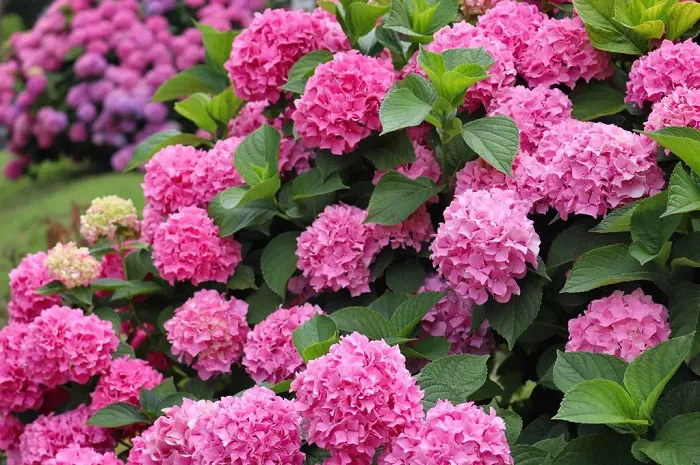Hydrangeas, renowned for their large shrubs and vibrant flower clusters, are a popular choice for gardens due to their low-maintenance nature. These plants, which bloom from late spring through autumn, are favored by both novice and experienced gardeners. However, despite their reputation for being easy to care for, hydrangeas can still suffer from common mistakes made by gardeners of all levels.
Madison Moulton of Blooming Backyard has identified several critical errors that can harm hydrangeas, with one mistake potentially being fatal. Moulton notes that while hydrangeas are generally easy to grow, they have specific quirks that often trip up gardeners. The most critical error is improper watering, as hydrangeas require a delicate balance of moisture. While they thrive in moist conditions, they can suffer in waterlogged soil, according to the Express.
“The right balance will keep the roots cool and hydrated, resulting in the best possible blooms and glossy foliage,” Moulton advises. She warns gardeners to avoid overwatering, especially in areas with poor drainage, as this can lead to root rot. If conditions do not improve, the entire root system can become mushy, ultimately killing the plant. To correct this issue, gardeners should wait until the soil is somewhat dry before watering again and take into account recent rainfall.
Conversely, delaying watering can also be detrimental to hydrangeas. Insufficient hydration and inconsistent watering can stress the plants, limiting new growth and preventing flowering. Moulton emphasizes that water is a fundamental element in photosynthesis, and without adequate moisture, hydrangeas cannot grow properly.
Additionally, the method of watering can impact the plant’s health. Gardeners should avoid overhead watering whenever possible, directing water solely towards the soil. Moulton explains, “This keeps the leaves dry and prevents the spread of damaging fungal diseases.”


